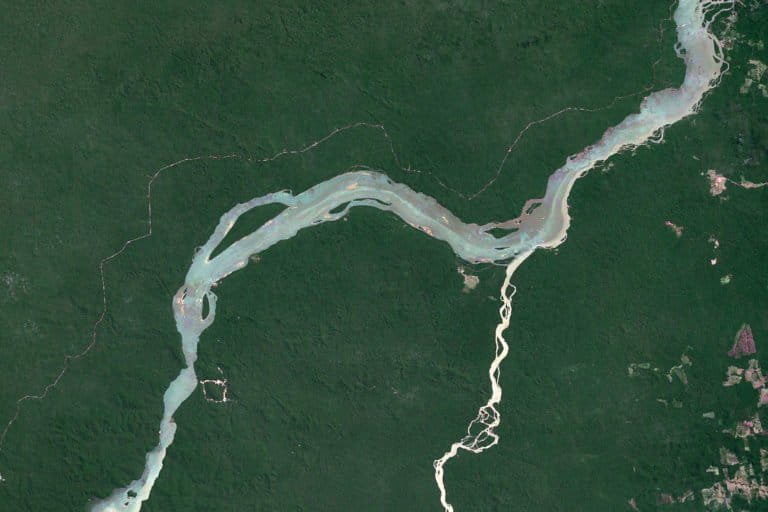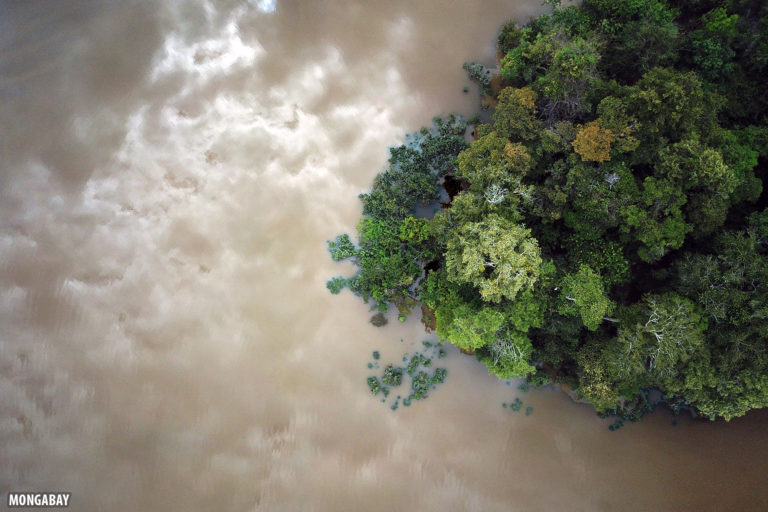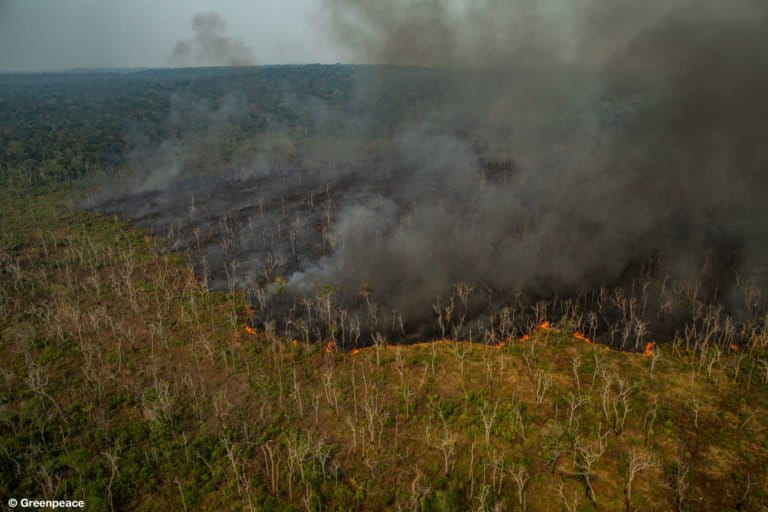The reconstruction of Brazil’s BR-319 (Manaus-Porto Velho) highway (Figure 1) and its associated hidden projects are not yet a fait accompli, but the danger has reached a critical moment. In…
Brazil’s “Transversal Environmental Agenda,” released on 25 January 2024, contains many good things for the government to be doing, but it misses the opportunity to implant what a transversal agenda…
From September to November 2023 Manaus, a city located in the relatively intact forest area in the central part of Brazilian Amazonia, was surprised to find itself under a dense…
This is a critical moment for the most damaging infrastructure project in the Amazon. On Monday, December 18th, a proposed law (PL 4994/2023) was put on the plenary agenda of…
One day after the end of the COP28 climate summit, Brazil’s National Petroleum Agency (ANP) conducted what is known as the “End-of-the-World” auction, selling off drilling rights in 602 new…
Positive changes President Lula’s speeches at the Climate Conventions 28th Conference of the Parties (COP28) in Dubai contained positive signs for Amazonia and for mitigating climate change. Brazil had the…
The Amazon Rainforest is being hit by three kinds of drought at once: an “eastern El Niño,” a “central El Niño” and an “Atlantic dipole.”
The summit of the eight Amazon countries held in Belém produced many statements of good intentions but no concrete commitments.
Brazil’s plan to open vast areas of Amazon forest to the entry of deforesters via Highway BR-319 (Manaus-Porto Velho) and associated side roads such as AM-366 is undoubtedly the planned…
Brazil’s Amazon dam plans have been slowed down over the past decade due to realization by the country’s electrical authorities that obtaining environmental licenses would be difficult when Indigenous peoples…
On February 11, 2022, Brazilian President Jair Bolsonaro published a decree establishing the Program for Supporting the Development of Artisanal Mining (Pró-Mape), which aims to “stimulate” this type of mining…
The U.N. climate summit now underway in Glasgow, Scotland needs to empower Indigenous peoples to protect the Amazon forest, which in turn stores carbon and helps prevent disastrous climate change.
Public hearings are underway on the proposed reconstruction of BR-319, a highway which will pierce the heart of the Brazilian Amazon, despite vast potential environmental harm, and a failure to consult Indigenous groups.
The year 2021 is a La Niña year, and La Niña events typically lead to droughts in southeastern Brazil where São Paulo, the world’s fourth largest city, is located. La…
Record floods are battering the western and central Amazon, inundating Manaus and other communities and wrecking crops. To prevent future extreme weather events, deforestation and carbon emissions must be controlled.
On June 17th a judicial decision marks a new phase for the struggle over water flow to the “Volta Grande” (“Big Bend”) of Brazil’s Xingu River between the two dams…
The Brazilian president is making big promises to reduce Amazon deforestation, even as he moves to legalize large scale land theft with potentially catastrophic results for Earth’s climate and the Amazon.
Even in this era of “alternative facts,” the letter to the New York Times from Norte Energy (the company responsible for Brazil’s Belo Monte Dam) will surely be remembered as…
The planned 650 MW dam on the Rio Branco in Brazil’s Roraima state is scheduled to become operational in 2028; it could do extraordinary socio-environmental harm.
The reconstruction of the BR-319 highway — a north-south cut through what remains of Brazil’s Amazon forest — is being fast tracked by Pres. Bolsonaro, but the project risks huge socio-environmental impacts.
Brazil’s current 10-year Energy Expansion Plan calls for three more large dams in Amazonia by 2029, and the country’s 2050 National Energy Plan lists many more — putting the environment at risk.
A bill in Congress on the verge of passage this week would allow land grabbers to self-declare their ownership of government land, ultimately converting vast stretches of Amazon rainforest to cattle ranches.
The only positive effect of the COVID-19 coronavirus pandemic is that it has generated public awareness of the risks of emerging diseases. One may hope that this will result in…
On 9 March 2020, Mongabay published a commentary written by Philip M. Fearnside on the “Solimões Sedimentary Area”, an oil and gas project that would implant thousands of wells spread over the western portion of the Brazilian Amazon. EPE, the Brazilian Energy Research Office, sent a response to Mongabay claiming “conceptual mistakes.” Fearnside, now, comments on these claims.
The biodiverse rainforest of the Amazon’s Purus and Madeira river basins is at risk; new roads could be built to eventually serve extensive oil and gas wells.
The Bolsonaro administration is downplaying new data showing a major surge in Amazon deforestation, but a close look at the numbers shows that the statistics are even worse than they appear at first glance.
On July 31, Brazil’s Environment Minister Ricardo Salles tried to explain the data showing a huge deforestation outbreak detected in June this year, but his success was essentially zero. The…
Monthly satellite monitoring shows a huge rise in Amazon deforestation in 2019; conservationists squarely place the blame on Brazil’s Pres. Bolsonaro.
The Sinop Dam has become a critical test case — not only on the question of clearing reservoirs before filling, but also on the real effect of Brazil’s environmental legislation…
On February 20, Nature published a comment on hydropower claiming that dams are good for the climate and should be subsidized through the Climate Bonds initiative, a proposal that is…
































































